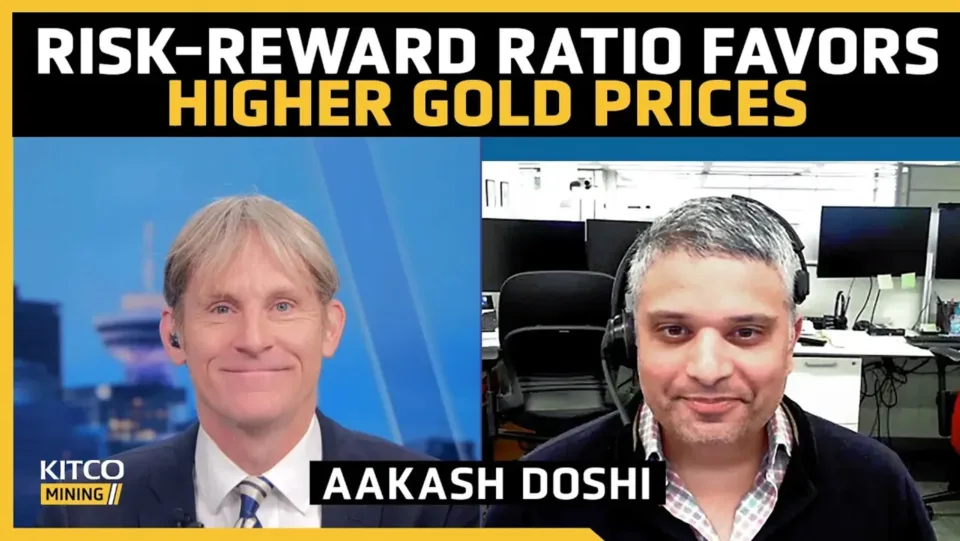(Kitco News) – Central bank buyers could be less sensitive to higher gold prices, said Aakash Doshi, NAM Head of Commodities Research at Citi.
On Tuesday, Doshi spoke to Kitco Mining.
Jewelry fabrication typically represents about 50% of the gold market, with the rest of the demand coming from investing, central banks and industrial uses.
“Historically, the demand side of the ledger has been driven and led by jewelry demand. Consumption could be as high as 50% or 55% for gold jewelry,” said Doshi. “[That] started to shift over the last 10 to 15 years. It really started with the Great Financial Crisis. So, for four decades prior to the GFC and following the Nixon shock, central banks were net sellers of gold. They provided net supply to the market. After the GFC period, you saw central banks emerge as net buyers.”
Doshi said central banks have been buying more gold. central banks are now consuming over 1,000 tons per annum, said Doshi.
“This is supply being taken out of the market. And from a mine production standpoint, that now represents [up to] 28% of annual mine production”
In the past, higher metal prices have led to jewelers curtailing demand. However, central banks may be less price sensitive. Doshi said the buying by the banks is more “strategic,” and the central banks could be “… among the most price inelastic buyers.”
In a research note Doshi predicted that gold could reach $3,000 per ounce by 2025. Doshi attributes this potential surge to strong investor demand, particularly in physical gold, evidenced by a significant increase in bar and coin sales since the onset of the pandemic. He also notes record-level purchases by central banks, particularly those in emerging markets, as a contributing factor to this upward trend.
Despite a 20% increase in gold prices since February, Doshi emphasizes that it hasn’t been driven by typical factors such as a weaker dollar or lower interest rates. He argues that the bullish outlook for gold is primarily due to the convergence of strong physical demand and the anticipation of financial macro factors catching up. Central bank purchases have not only set a higher price floor for gold but also stabilized its volatility.
Doshi highlights the growing significance of alternative fiat demand, driven by ballooning global debt levels since the pandemic. He suggests that gold’s historical price ceiling of $1,000 an ounce may have transitioned into a support base of $1,900 to $2,000, indicating a potential for sustained higher prices. Despite the possibility of a more hawkish monetary policy stance, Doshi believes the risk-reward ratio favors higher gold prices, especially in the face of a potential U.S. recession, which could further propel gold towards the $3,000 mark within the next six to twelve months.
Disclaimer: The views expressed in this article are those of the author and may not reflect those of Kitco Metals Inc. The author has made every effort to ensure accuracy of information provided; however, neither Kitco Metals Inc. nor the author can guarantee such accuracy. This article is strictly for informational purposes only. It is not a solicitation to make any exchange in commodities, securities or other financial instruments. Kitco Metals Inc. and the author of this article do not accept culpability for losses and/ or damages arising from the use of this publication.

